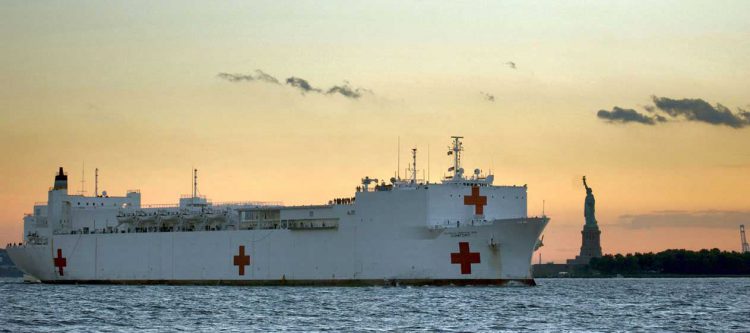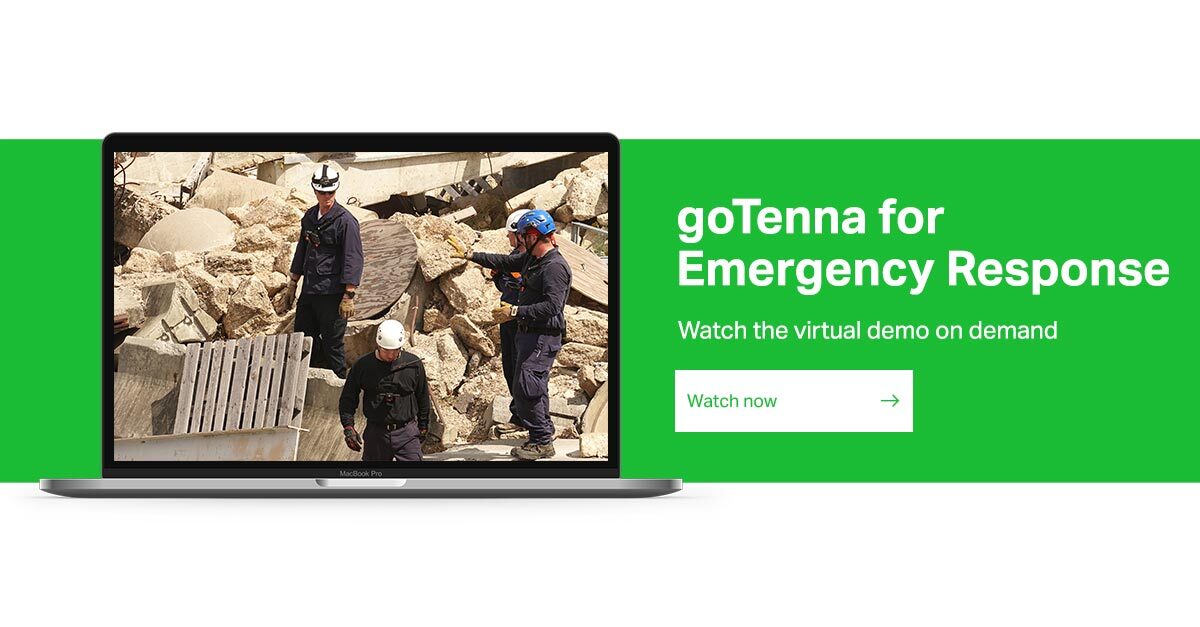What Ebola Couldn’t Prepare Us For: COVID-19’s Strain on Emergency Communications Networks

In 2014, I was serving as the Senior Strategic Homeland Security Planner for the Brazos Valley Region in East Texas, and tasked with coordinating the Ebola response in the 7,320-square-miles surrounding the Bryan-College Station metropolitan area.
Acting as a federal liaison between hospitals, public safety, and state government officials, many questioned why an outbreak in Africa could ever be a concern in Texas. But with a number of major colleges, universities, and airports supporting constant international travel, it was something we focused on at all levels.
Looking back, even when the peak of the Ebola crisis in the United States centered on Dallas, I can safely say that there is almost nothing similar between the efforts needed to respond to COVID-19 and Ebola. It’s not even close.
Ebola is an extremely deadly disease that kills up to 90 percent of people who contract it. COVID-19, on the other hand, has proven deadly to a relatively small percentage of the people that contract it. Ebola’s transmission rate, however, is much lower — especially early on in the infection — than COVID-19 appears to be. Based on everything we’ve learned from the medical community in recent weeks, this coronavirus is a virulent disease that spreads quickly, easily, and often asymptomatically through populations.
There is one thing, however, that COVID-19 will have in common with Ebola, and that’s what it will do to our healthcare organizations and resources.
The impact of a pandemic on our healthcare system
People don’t usually think about the fact there is a finite number of resources local governments have at their disposal until something as societally shattering as a pandemic comes along. We’re seeing this already in the COVID-19 response with the scarcity of much-needed ventilators — states and cities with the largest number of cases are fighting for an extremely limited number of stockpiled ventilators while also scrambling to pull any kind of external support from the private sector.
We unfortunately are facing scarcity of so many things right now: ambulances, hospital beds, health care workers, personal protective equipment, ICUs. The list goes on.
I experienced this firsthand in Texas with our EMS organizations. Once an ambulance was used to transfer an Ebola patient, it needed to be taken out of service and completely sterilized. When there is a limited number of resources, taking something out of service — even temporarily — can have a massive, negative impact on our ability to respond.
This is why you see mobile hospitals and other temporary facilities begin to spring up in these environments. In New York City, while many might be questioning when the USNS Comfort and Javits Center Hospital will fully spring into action, they are providing exactly what’s needed: more beds, more personnel, and more resources that make it more likely for sick people to get better care and less likely for the overall healthcare system to be overextended.
But these temporary facilities, when they fill up, will have their own challenges — not the least of which is communications.
Easing the load on emergency networks
Mobile hospitals need communications, especially among their support and security staff. Just think about all of the things that can be communicated in a normal hospital over a PA or phone system. Someone needs to pick up a patient? Someone has to handle change-over and decontamination? There is so much critical information that must be communicated, and none of the traditional comms tools exist in a mobile or field hospital from the start.
In addition, in these instances, there are simply more people: healthcare personnel coming in from other areas to help, security staff pressed into working around the clock, and myriad volunteers lending a hand. There’s a good chance that there simply aren’t enough communication devices to go around. In Texas, during the Ebola crisis, we pooled radios from local ham radio operators and pulled them out of emergency vehicles to try and meet demand. Now just imagine what that demand might look like today at a pop-up facility treating COVID-19 patients.
There are many things the Ebola crisis couldn’t prepare us for, and the strain on emergency communications networks is likely to be one of them. We’re used to seeing communications failures during emergencies and natural disasters — and even at large public gatherings like the Super Bowl or parades. Traditional cell, wifi, and satellite networks can quickly get congested, overloaded, and fail when we need them the most.
As we scale up healthcare facilities in response to COVID-19, mobile mesh networks will help deliver critical communications infrastructure quickly, without the need for towers, hubs, or repeaters. These networks are rapidly scalable and interoperable, connecting with smartphones and apps that most personnel already have in their pockets. Together, a group of these devices or nodes can form peer-to-peer networks to make basic communications possible across an entire facility. Even when traditional infrastructure is already in place, mesh networking provides an essential form of redundancy to ensure response efforts keep moving forward.
As we’ve learned in recent weeks, state and local agencies are largely on their own. In the midst of pooling every resource for PPE, they could very soon be facing the same challenge with radios, phones, and other communications tools. What’s worse, these agencies will need to quickly build and implement these systems from scratch. Before we see how cataclysmic that could be for the pandemic response, it’s time to consider the communications solutions that can offload the burden and provide our frontline medical personnel and first responders with the tools they need to safely and efficiently save lives.








No Comment